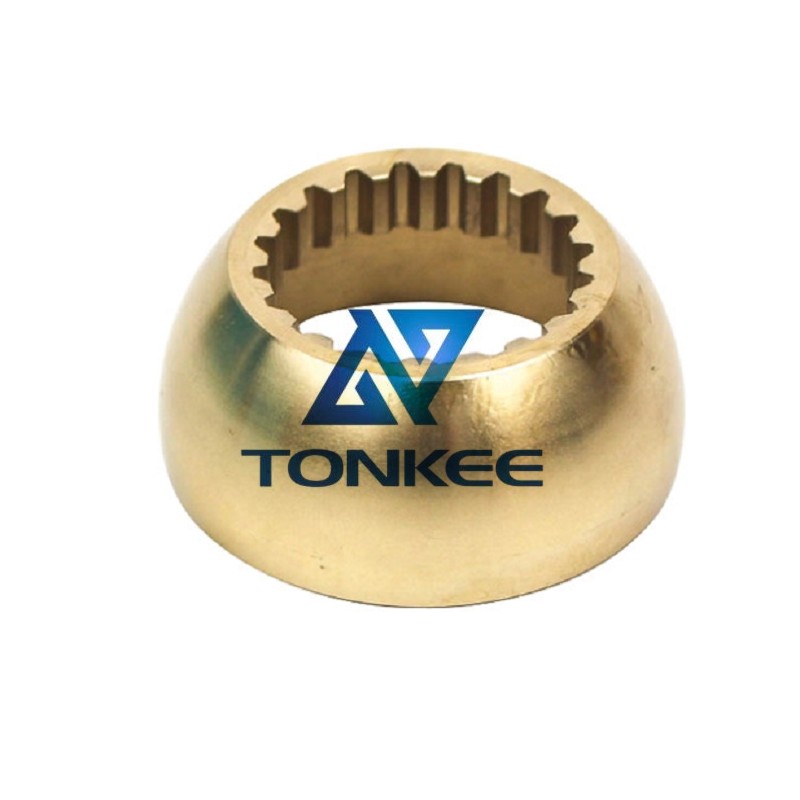
A4v40: The displacement of the A4v40 model typically ranges from [X1] cubic centimeters per revolution (CC/Rev) to [Y1] CC/Rev. For example, it could be around 40 CC/Rev.
A4v56: The A4v56 has a displacement range of [X2] cc/rev to [Y2] CC/Rev. Say, it might be about 56 CC/Rev.
A4v71: For the A4v71, the displacement is usually within [X3] cc/rev to [Y3] CC/Rev. It could be approximately 71 CC/Rev.
A4v90: The A4v90 model has a displacement range of [X4] cc/rev to [Y4] CC/Rev. For example, it might be around 90 CC/Rev.
A4v125: The displacement of the A4v125 model typically ranges from [X5] cc/rev to [Y5] CC/Rev. For example, it could be around 125 CC/Rev.
A4v250: The A4v250 has a displacement range of [X6] cc/rev to [Y6] CC/Rev. Say, it might be about 250 CC/Rev.
Pressure Ratings
Maximum Operating Pressure: These pumps are designed to handle a maximum operating pressure of up to [P] 술집. The value of [P] can vary depending on the specific model and application requirements, but it could be around 350 bar for some configurations.
Peak Pressure: They can withstand short-duration peak pressures of up to [Q] 술집, which is usually higher than the maximum operating pressure to account for transient conditions in the hydraulic system.
Flow Rates
Nominal Flow Rate: At a given rotational speed (usually specified, such as [R] revolutions per minute (RPM)), the pumps can deliver a nominal flow rate. For the A4v40, at [R] RPM, it might deliver a flow rate of [F1] liters per minute (lpm). For A4v56, at the same [R] RPM, it could deliver [F2] lpm. Similarly, for A4v71, A4v90, A4v125, and A4v250, the flow rates at [R] rpm could be [F3] lpm, [F4] lpm, [F5] lpm, and [F6] lpm respectively.
Variable Flow Capability: These pumps often have the ability to vary the flow rate based on the system's demand. The flow rate can be adjusted within a certain range, typically from [minimum adjustable flow rate] lpm to [maximum adjustable flow rate] lpm for each model.
 Tonkee Machinery 로고
Tonkee Machinery 로고


















